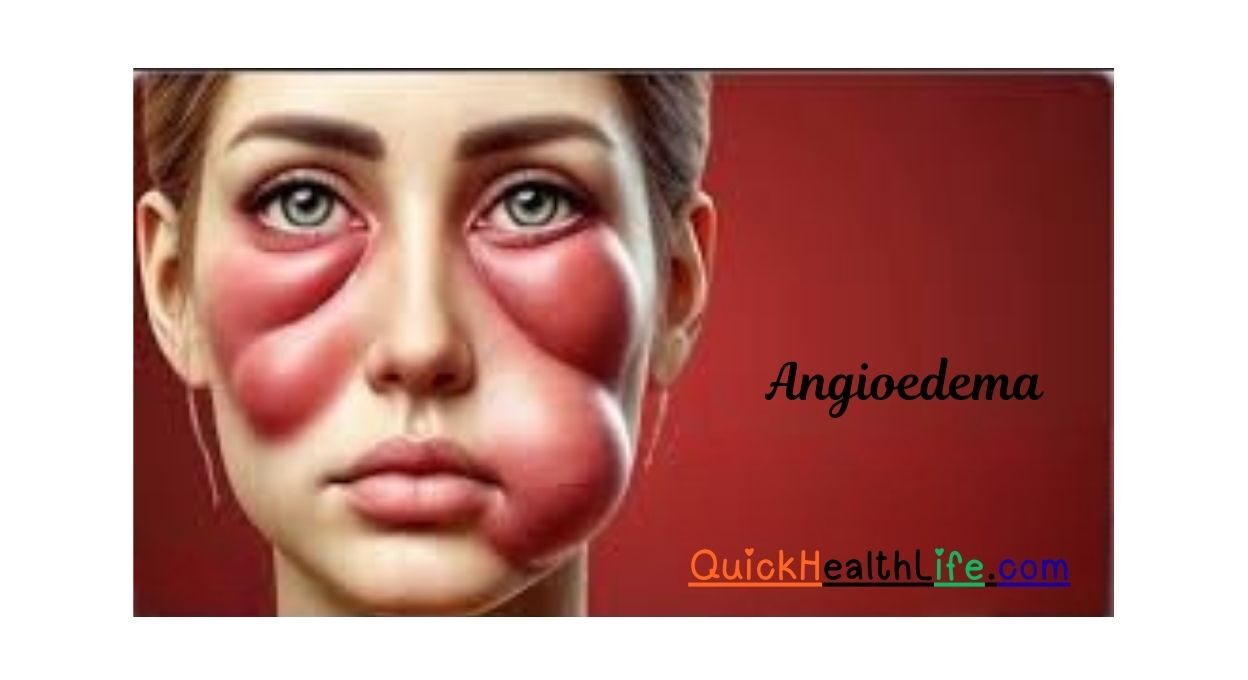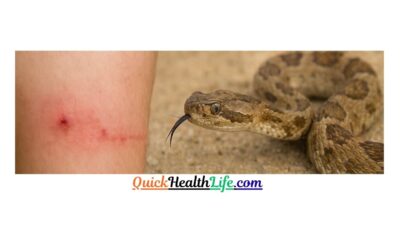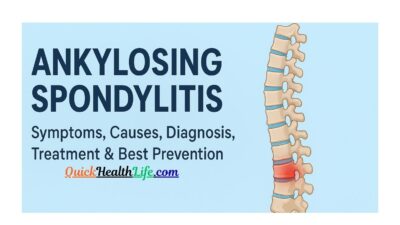What is Angioedema?
Angioedema is a swelling that happens beneath the skin, often in areas like the face, lips, throat, and limbs. It can be painful, itchy, or even life-threatening when it affects breathing. It’s important to understand the symptoms, causes, and treatment options so you or your loved ones can act fast.
Table of Contents
Angioedema Symptoms and Signs
Angioedema symptoms can vary depending on the type and cause. Some people may feel only mild discomfort, while others might need urgent medical care.
Common Symptoms
- Swelling under the skin
- Redness and warmth
- Pain or discomfort in swollen areas
- Tingling or burning sensation
Severe or Emergency Symptoms
- Swelling of the throat or tongue
- Difficulty breathing
- Hoarseness or voice change
- Dizziness or fainting
These symptoms usually appear suddenly and can last from a few hours to a few days. If swelling affects the throat, seek emergency help immediately.
Causes of Angioedema
There are several different triggers of angioedema. Let’s break them down:
1. Allergic Reactions
Often caused by:
- Food (nuts, shellfish, eggs)
- Insect stings
- Latex
- Medications (like penicillin)
2. Drug-Induced Angioedema
Most commonly caused by ACE inhibitors used to treat high blood pressure.
3. Hereditary Angioedema (HAE)
Passed down in families and caused by a genetic mutation affecting a blood protein called C1 inhibitor.
4. Idiopathic Angioedema
When the exact cause is unknown. Stress or infections might play a role.
Angioedema vs Hives (Urticaria)
| Feature | Angioedema | Hives (Urticaria) |
|---|---|---|
| Location | Deep under skin | Surface of the skin |
| Appearance | Swelling | Raised, red, itchy patches |
| Pain | Yes | Usually not painful |
| Itchiness | Mild or none | Very itchy |
| Duration | Hours to days | Few hours |
While both can happen together, angioedema is more serious, especially when it affects the airways.
How is Angioedema Diagnosed?
Doctors rely on a mix of medical history, physical exams, and tests.
Common Tests:
- Blood test for C1 inhibitor levels (for hereditary angioedema)
- Allergy tests (skin prick or blood)
- CT scan or MRI if internal swelling is suspected
Make sure to tell your doctor about any medications you’re taking and any family history of similar issues.
Angioedema ICD-10 Code
For medical records and insurance, angioedema is coded using the ICD-10 system.
- ICD-10 Code: T78.3 – Angioneurotic edema
This code helps doctors, hospitals, and insurance companies identify and classify the condition.
Types of Angioedema
Let’s take a closer look at the four main types of angioedema:
| Type | Cause | Notes |
|---|---|---|
| Allergic | Allergens (foods, stings) | Often with hives |
| Drug-Induced | ACE inhibitors | Common in adults |
| Hereditary | Genetic mutation | No itching or rash |
| Idiopathic | Unknown | Chronic or recurring |
Hereditary Angioedema (HAE)
HAE is rare but dangerous. It’s passed through families and involves low or faulty levels of C1 inhibitor protein.
Key Symptoms:
- Repeated swelling without hives
- Abdominal pain
- Breathing difficulties
- Swelling of hands, feet, face
Diagnosis:
- Blood test for C1-INH levels and function
Treatment:
- C1 inhibitor concentrate
- Berinert, Haegarda (prescription drugs)
- Kallikrein inhibitors like Lanadelumab
People with HAE should carry emergency medication and inform close contacts.
Drug-Induced Angioedema
ACE inhibitors are blood pressure medications like:
- Lisinopril
- Enalapril
- Ramipril
In rare cases, these drugs can trigger sudden angioedema, even after years of use.
Prevention:
- Stop taking the medication (with doctor’s advice)
- Switch to ARBs or other alternatives
- Carry an emergency plan
Angioedema Treatment
Treatment depends on the type and severity.
For Mild Cases:
- Antihistamines
- Corticosteroids
- Avoid triggers
For Severe Cases:
- Epinephrine injection (EpiPen)
- Oxygen support
- Hospitalization
Chronic Cases:
- Daily medications
- Biologic drugs
- Avoiding known triggers
Emergency Treatment for Angioedema
If angioedema affects your breathing or causes throat swelling, it becomes a medical emergency.
What To Do:
Delayed treatment can be life-threatening.
- Use EpiPen immediately (if available)
- Call emergency services (911 or local equivalent)
- Lie down and stay calm
- Avoid eating or drinking
Prevention Tips
Here’s how you can reduce your risk:
- Know your triggers (food, medicine, stress)
- Avoid known allergens
- Carry emergency medication
- Inform family, school, or coworkers
- Use medic alert ID bracelets
For hereditary cases, regular doctor check-ups are a must.
How Long Does Angioedema Last?
It depends on the cause:
| Type | Duration |
|---|---|
| Allergic | 24–72 hours |
| Drug-Induced | A few days (after stopping drug) |
| Hereditary | 2–5 days (without treatment) |
| Idiopathic | Variable (weeks to months) |
With proper treatment, recovery is much faster.
Living with Angioedema: Daily Life Tips
Living with this condition takes some planning, but it’s manageable.
- Keep a symptom diary
- Stick to a trigger-free diet
- Always have meds nearby
- Stay informed with support groups
- Talk to your doctor regularly
You’re not alone—many people manage this well with the right steps.
When to See a Doctor
See your doctor if you:
- Get frequent swelling
- Notice abdominal pain with no cause
- Have family history of HAE
- React after starting a new medication
Don’t ignore symptoms—they can escalate quickly.
FAQs About Angioedema
1. Is angioedema life-threatening?
Yes, especially if it affects the airways. Immediate treatment is necessary in those cases.
2. Can angioedema go away on its own?
Mild cases often resolve within a few days, but treatment can help speed up recovery.
3. Can children get angioedema?
Yes, especially if they have allergies or hereditary conditions.
4. Is angioedema contagious?
No, it’s not contagious.
5. Can I exercise with angioedema?
Yes, but avoid it during flare-ups, especially if swelling is present.
6. What foods trigger angioedema?
Common ones include nuts, shellfish, eggs, and dairy. Each person may have different triggers.



